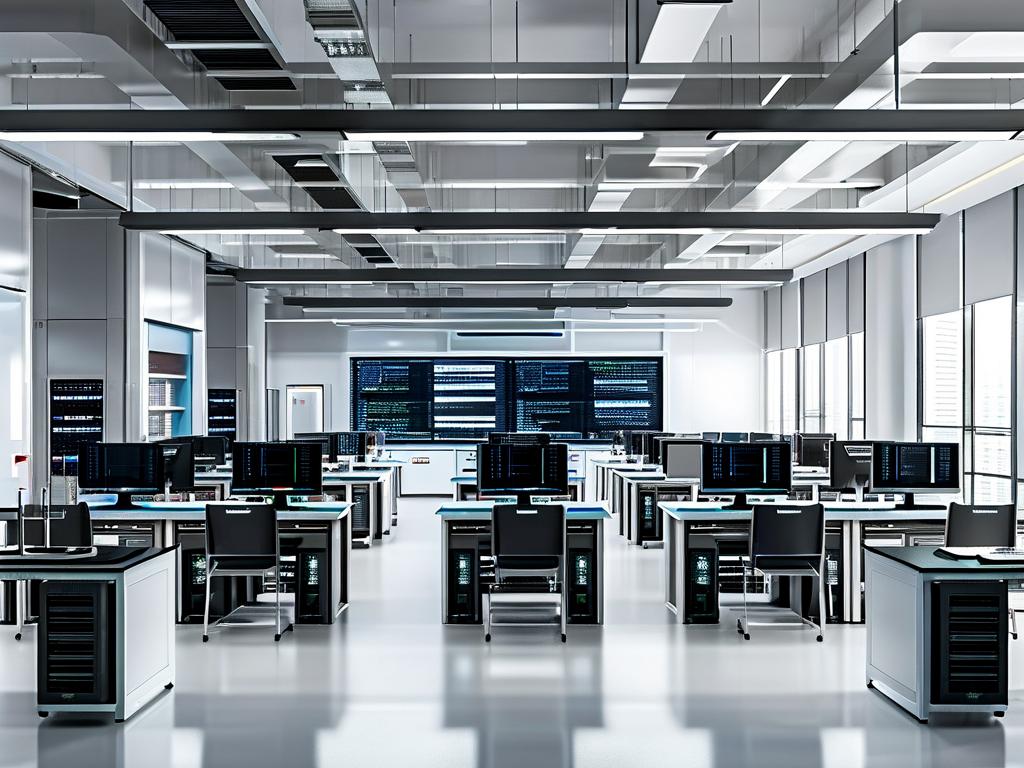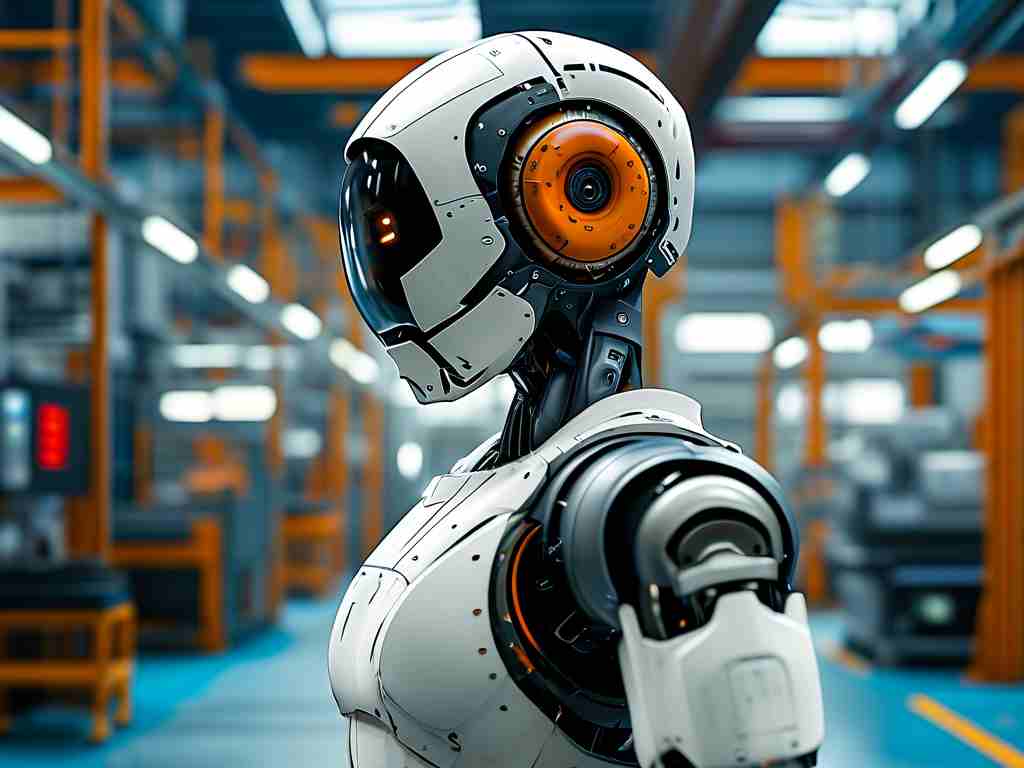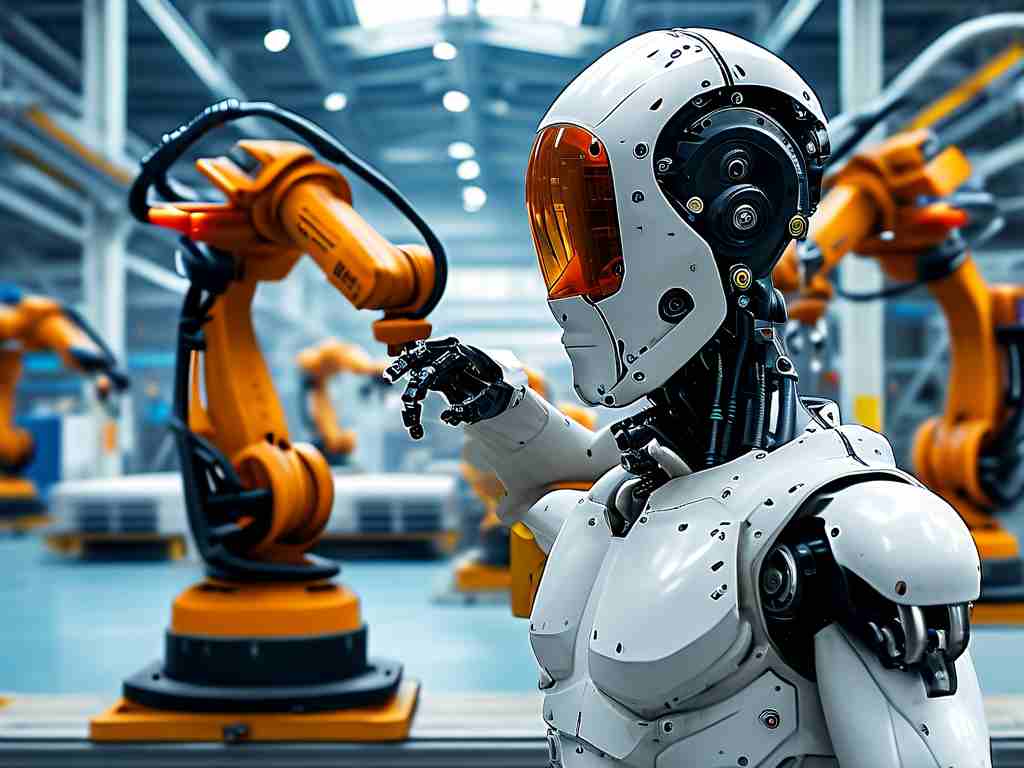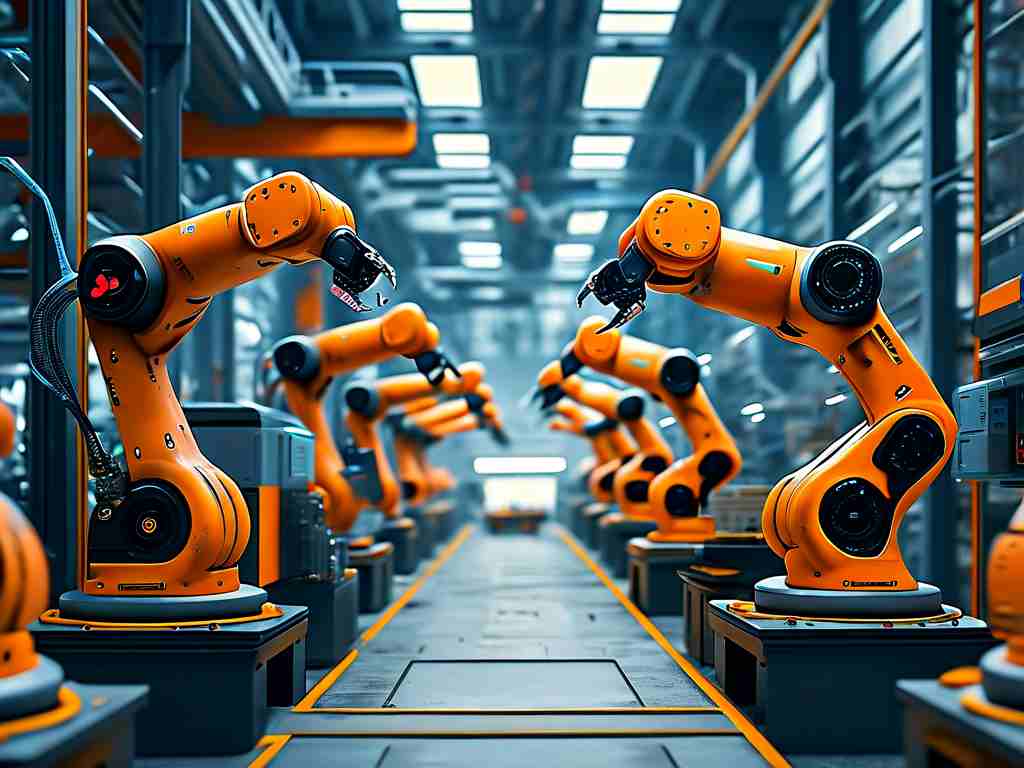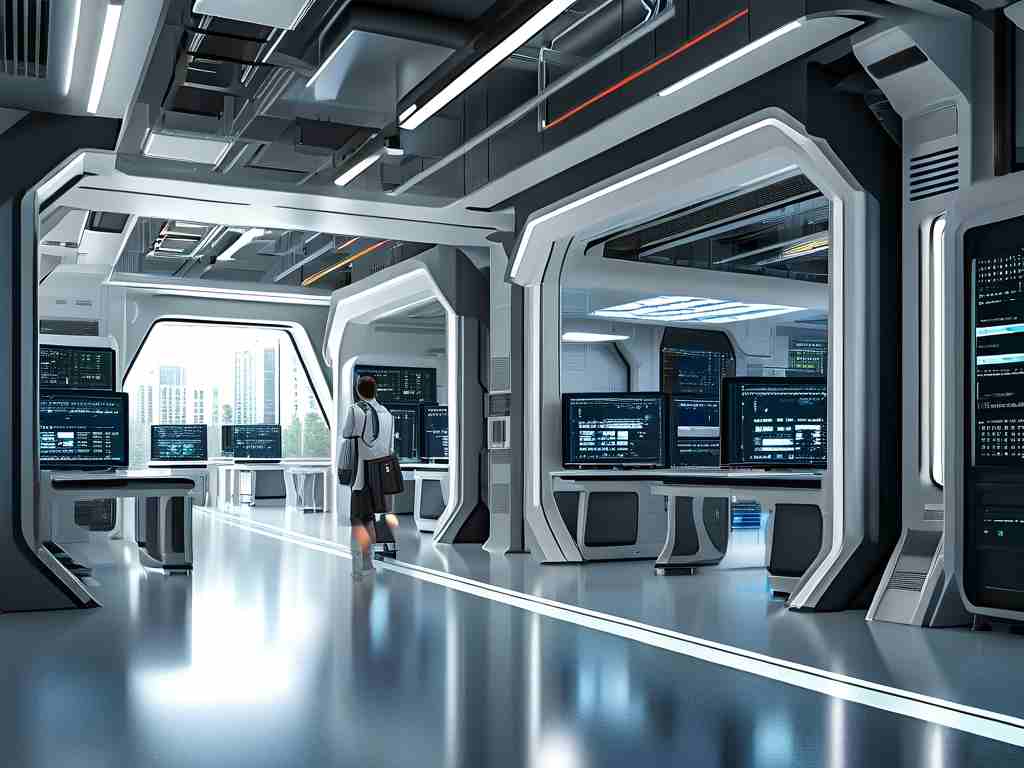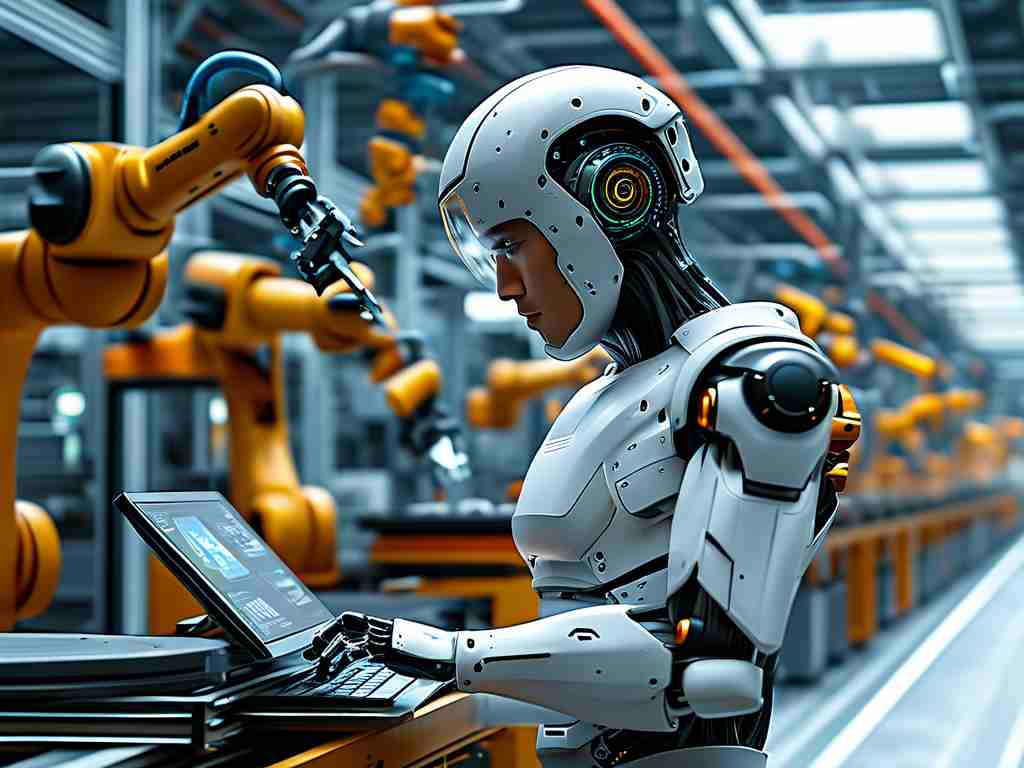The field of industrial robotics has undergone transformative changes over the past few decades, driven by advancements in automation, artificial intelligence, and manufacturing demands. Central to this evolution are educational resources, particularly textbooks, which serve as foundational tools for engineers, students, and industry professionals. Modern industrial robotics textbooks not only explain core concepts but also reflect the integration of emerging technologies, making them indispensable for both academic and industrial training programs.
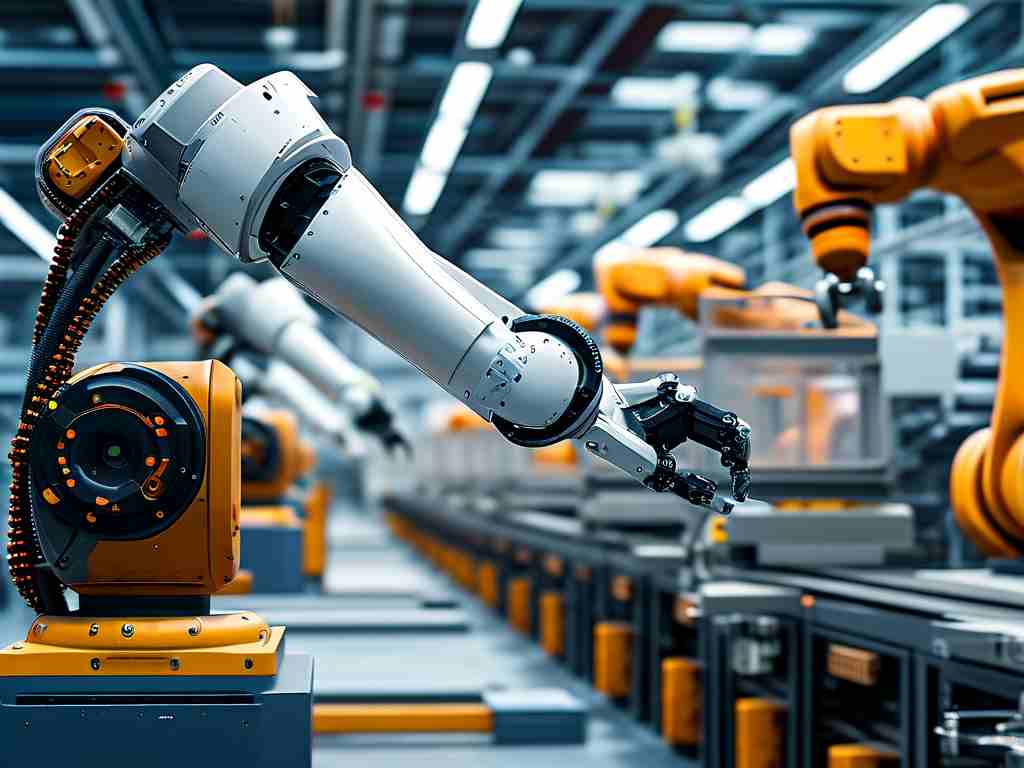
Historical Context and Technological Shifts
Early industrial robotics literature focused primarily on mechanical design and basic programming. Titles from the 1980s and 1990s emphasized robotic arm kinematics, hydraulic systems, and simple control algorithms. These texts were often dense with mathematical formulations, catering to a niche audience of specialized engineers. However, the rise of computer-aided design (CAD) and programmable logic controllers (PLCs) in the late 20th century prompted authors to incorporate software-driven methodologies. For instance, chapters on ladder logic and sensor integration became standard, bridging the gap between hardware and software.
The 21st century brought a paradigm shift. With the advent of collaborative robots (cobots), machine learning, and IoT-enabled devices, textbooks began addressing topics like human-robot interaction, predictive maintenance, and edge computing. A notable example is the 2021 edition of Advanced Industrial Automation, which dedicates entire sections to ROS (Robot Operating System) and cloud-based robotics. This shift underscores the industry’s move toward interconnected, adaptive systems.
Pedagogical Innovations in Modern Texts
Contemporary robotics textbooks prioritize accessibility without sacrificing technical depth. Interactive elements such as QR codes linking to simulation software, augmented reality (AR) diagrams, and video tutorials are now common. These features cater to diverse learning styles, enabling readers to visualize complex concepts like inverse kinematics or path planning in real time. For example, Robotics in Practice (2023) includes AR-enabled 3D models that allow users to disassemble a robotic gripper virtually, enhancing hands-on understanding.
Another trend is the emphasis on case studies from industries like automotive manufacturing, pharmaceuticals, and logistics. By analyzing real-world applications—such as Tesla’s use of AI-driven robotic assembly lines or Amazon’s warehouse automation—textbooks contextualize theory within operational frameworks. This approach not only reinforces theoretical knowledge but also prepares learners for challenges in dynamic work environments.
Challenges and Future Directions
Despite their value, industrial robotics textbooks face challenges. Rapid technological advancements often outpace publication cycles, leaving some content obsolete by the time it reaches readers. To mitigate this, publishers are adopting hybrid models, offering digital updates alongside print editions. Additionally, there is growing demand for interdisciplinary content that merges robotics with sustainability practices, ethical AI, and cybersecurity—a gap that newer editions aim to address.
Looking ahead, experts predict a stronger focus on modular learning. Future textbooks may feature customizable chapters, allowing educators to tailor content to specific industries or skill levels. Open-source platforms could also play a larger role, with collaborative authoring tools enabling real-time contributions from global experts.
Industrial robotics textbooks remain vital to cultivating expertise in an increasingly automated world. By adapting to technological trends and pedagogical needs, these resources empower the next generation of engineers to innovate responsibly. As the field continues to evolve, so too will the materials that shape its practitioners, ensuring alignment with both current practices and future possibilities.


